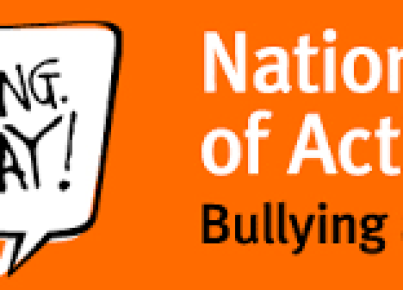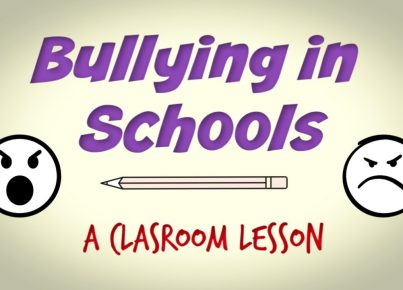In many schools around the world, bullying is a significant issue that can impact students’ well-being, confidence, and ability to learn. Creating a supportive classroom environment where all students feel safe and respected is crucial. Here are nine anti-bullying activities that teachers can use in the classroom to encourage kindness and stand up to unkindness:
1. Role-Play Scenarios: Create role-play situations where students act out different scenarios related to bullying. Aim to cover various forms of bullying – physical, verbal, and cyberbullying. After the role-play, facilitate a discussion about how the individuals involved might feel and how bystanders can help.
2. The Kindness Tree: Set up a bulletin board with a large tree drawn on it. Whenever a student witnesses or participates in an act of kindness, they write it down on a leaf and attach it to the tree. This visual grows throughout the school year, highlighting positive behavior.
3. Classroom Charter: Work with students to create a classroom charter that outlines how everyone agrees to treat each other. The charter should include commitments to respect, kindness, and inclusion. Display the charter prominently in the room.
4. The Compliment Jar: Place a jar in the classroom where students and teachers can drop anonymous compliments about each other. At the end of each week, read some compliments aloud to celebrate positive interactions.
5. Journaling Reflections: Provide time for students to reflect in journals about their feelings regarding bullying and how it impacts their class community. Encourage them to think about their roles as individuals within the community.
6. Digital Citizenship Lessons: Since cyberbullying is prevalent, integrate digital citizenship lessons into the curriculum that cover online etiquette, empathy, and proper communication techniques on various platforms.
7. Unity Day: Join or organize a Unity Day in your school where everyone wears orange as a symbol of support against bullying. Use this day for special projects or assemblies focused on building unity and addressing bullying behaviors.
8. Peer Mentoring Program: Pair older students with younger ones in a mentorship program where they can discuss difficulties including dealing with bullies and learn strategies for support and reporting incidents.
9. The Bully Box: Install a box where students can report bullying anonymously if they feel uncomfortable speaking about it publicly. Regularly check the box and follow up on reports while maintaining confidentiality.
Incorporating these activities into the classroom not only educates students about the impact of bullying but also builds a strong foundation for a supportive and kind community within your classroom and school at large.





